How to Scrape Wolt Data for Restaurant and Menu Analysis for Real-Time Data From 5K+ Restaurants?
Oct 29
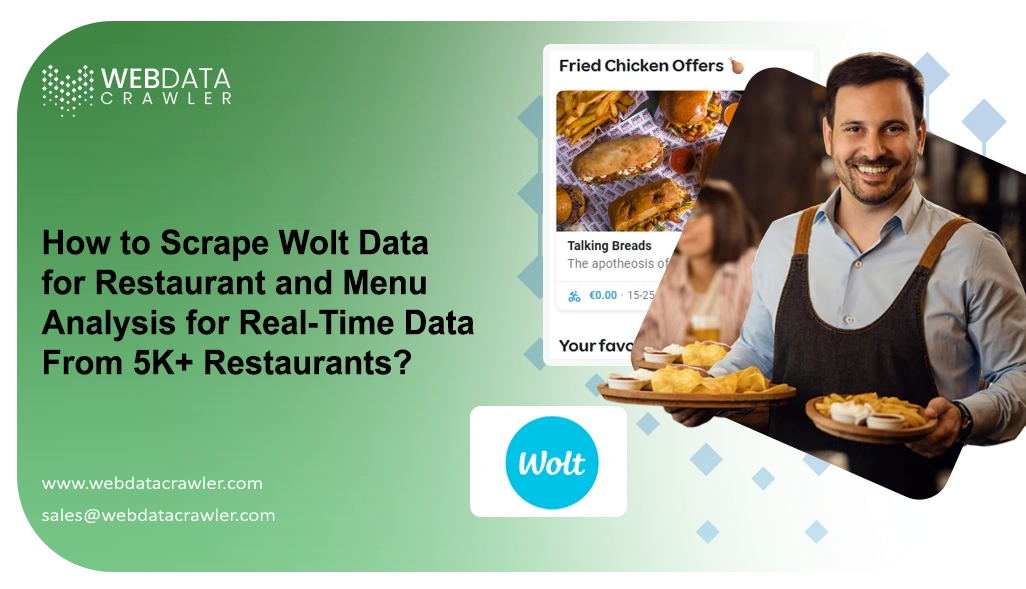
Introduction
In the fast-growing food delivery ecosystem, understanding how digital platforms like Wolt function can transform restaurant strategy and consumer engagement. Businesses today rely on accurate, dynamic data to stay competitive—whether it’s for real-time menu updates, restaurant availability, or delivery performance. That’s where Scrape Wolt Data for Restaurant and Menu Analysis becomes crucial, offering access to continuously changing insights from over 5,000+ restaurants listed on the platform.
With Wolt Food Delivery Data Scraping, one can extract valuable information such as restaurant categories, delivery charges, customer reviews, and average preparation times. This data helps restaurants optimize listings, identify trending cuisines, and monitor competitor pricing in real time. By aggregating and analyzing this information, businesses can effectively improve marketing decisions and delivery efficiency while ensuring customers always have accurate and up-to-date choices.
From small eateries to large chains, integrating structured Wolt data into analytics tools helps improve operational strategies. As food delivery grows into a data-driven market, the ability to collect and analyze Wolt’s restaurant and menu information becomes an indispensable asset for actionable insights.
Understanding Digital Restaurant Insights for Smarter Strategies
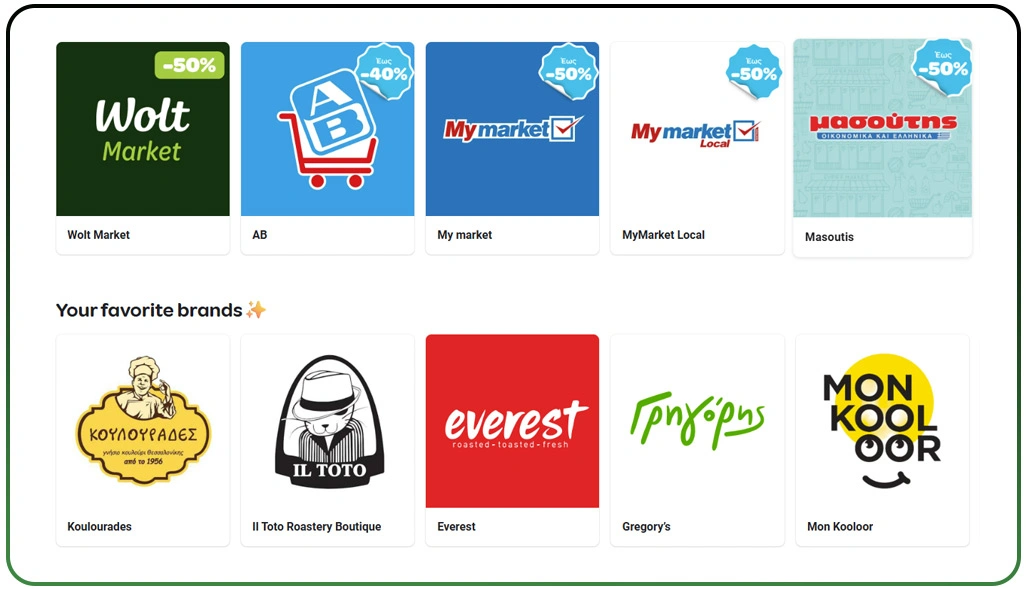
In the evolving world of online food delivery, data plays a pivotal role in understanding customer behavior and optimizing restaurant operations. Businesses depend heavily on structured and real-time insights to identify areas of improvement, track performance, and enhance service quality.
Using tools designed for Extracting Restaurant Listings and Ratings From Wolt, restaurants can gather valuable data related to categories, locations, average ratings, and pricing structures. This comprehensive approach helps identify emerging trends and provides a clear picture of how restaurants perform across different regions.
| Data Element | Purpose | Use Case Example |
|---|---|---|
| Restaurant Listings | Understand platform diversity | Identify city-level restaurant density |
| Menu Details | Pricing & dish availability | Compare competitor menus |
| Ratings & Reviews | Customer satisfaction tracking | Assess performance by cuisine type |
| Delivery Charges | Evaluate price competitiveness | Regional delivery cost comparison |
Restaurants can make informed strategic decisions when they know how customers rate their services or which dishes sell the most. By examining this information, food businesses can refine offerings, improve service quality, and manage operations efficiently.
These insights become even more powerful when integrated with visualization tools that reveal patterns over time. Tracking dynamic data from thousands of restaurants allows for better benchmarking, helping teams identify potential gaps in performance. In a fast-paced food delivery ecosystem, data accuracy and analytical precision serve as the backbone of smarter restaurant decisions and targeted service improvements.
Gaining Actionable Insights from Menu and Review Data
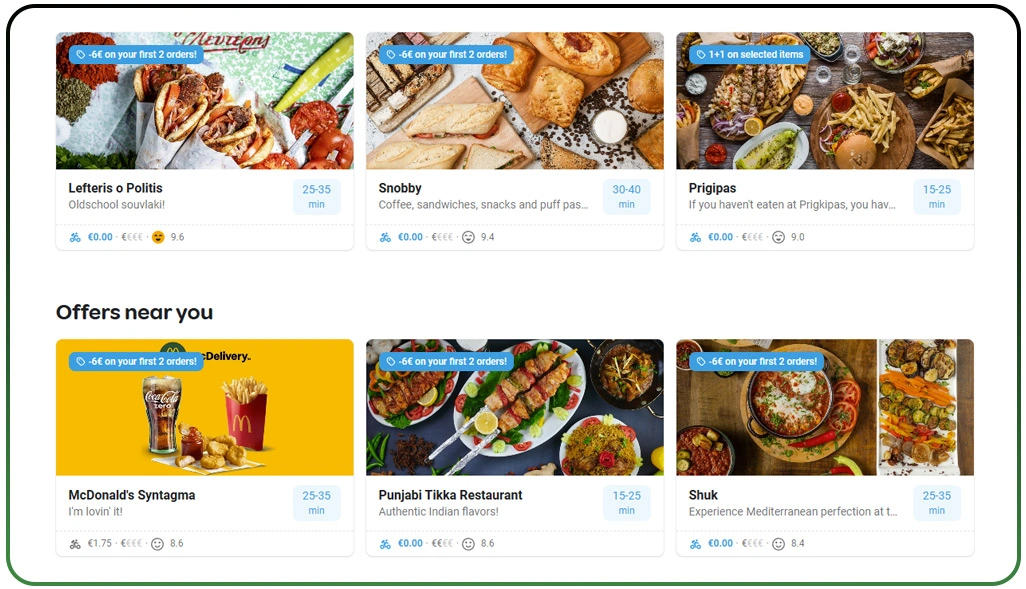
Menu and rating analytics provide a clear picture of customer sentiment and business performance. Modern tools designed for Wolt Restaurant Data Extraction allow businesses to access valuable information such as cuisine distribution, pricing tiers, and popular items.
This data reveals hidden insights into customer satisfaction and purchasing preferences, helping brands understand what drives repeat orders. For instance, analyzing rating consistency across different dishes can show how menu quality aligns with overall satisfaction.
| Parameter | Insight Gained | Analytical Use |
|---|---|---|
| Menu Count | Evaluates offerings per outlet | Helps in pricing optimization |
| Rating Trends | Determines satisfaction levels | Enables review sentiment mapping |
| Cuisine Diversity | Understands market segmentation | Supports menu curation strategies |
| Pricing Range | Defines customer affordability | Improves revenue forecasting |
Access to Food and Restaurant Datasets enhances understanding of how menu changes affect customer retention and profitability. Restaurants that frequently update their menus can identify which dishes resonate most with their audience. This not only improves customer satisfaction but also allows them to anticipate trends before competitors.
When integrated into business intelligence systems, this data creates opportunities for better menu planning, optimized pricing, and stronger brand positioning in an increasingly competitive digital market.
Enhancing Competitive Positioning with Comparative Analytics

Competition in the food delivery market grows fiercer each year, and comparative analytics have become essential for strategic positioning. By leveraging Wolt Menu Scraper solutions, restaurants can analyze their standing against competitors based on delivery performance, menu variety, and pricing patterns.
This method allows them to benchmark operational efficiency and customer engagement metrics with precision. Businesses can discover underperforming areas and adjust their strategies accordingly to gain a stronger market presence.
| Metric | Insight | Application |
|---|---|---|
| Delivery Speed | Measure operational efficiency | Optimize route and prep time |
| Review Scores | Gauge public perception | Enhance brand image |
| Price Index | Compare menu competitiveness | Adjust based on market trends |
| Offer Frequency | Track promotional activities | Design better marketing campaigns |
Comparative insights help identify whether competitors are introducing new cuisines, offering better discounts, or optimizing delivery speeds. Restaurants that analyze this information regularly can improve decision-making and boost operational consistency.
Detailed analysis of local market variations, paired with continuous monitoring, ensures that a restaurant remains agile and competitive. Ultimately, benchmarking serves as the foundation for sustainable business improvements and efficient marketing strategies.
Real-Time Data Integration for Operational Efficiency

In a fast-moving delivery ecosystem, real-time insights allow restaurants to make immediate operational decisions. Modern analytical tools powered by Wolt Data Scraping deliver up-to-the-minute data on menu changes, delivery status, and availability updates.
This ensures that businesses can act proactively when disruptions occur, minimizing customer dissatisfaction. Real-time analytics also make it possible to respond instantly to competitor promotions or menu adjustments.
| Real-Time Metric | Purpose | Result |
|---|---|---|
| Live Order Availability | Detect outages quickly | Maintain delivery reliability |
| Menu Updates | Track dynamic pricing | Enable instant price alerts |
| Active Promotions | Analyze discount patterns | Adjust marketing efforts instantly |
| Delivery Routes | Improve logistics | Reduce delays |
By using Live Crawler Services, restaurants can continuously monitor data without manual intervention, ensuring that analytics remain accurate and current. This automation enhances reliability while reducing the workload associated with manual data gathering.
The ability to track live updates transforms how businesses plan deliveries, manage staff, and communicate with customers. In today’s competitive market, such automation-driven insights are key to ensuring consistent service and improving customer experiences.
Building Predictive Insights for Future Menu Optimization
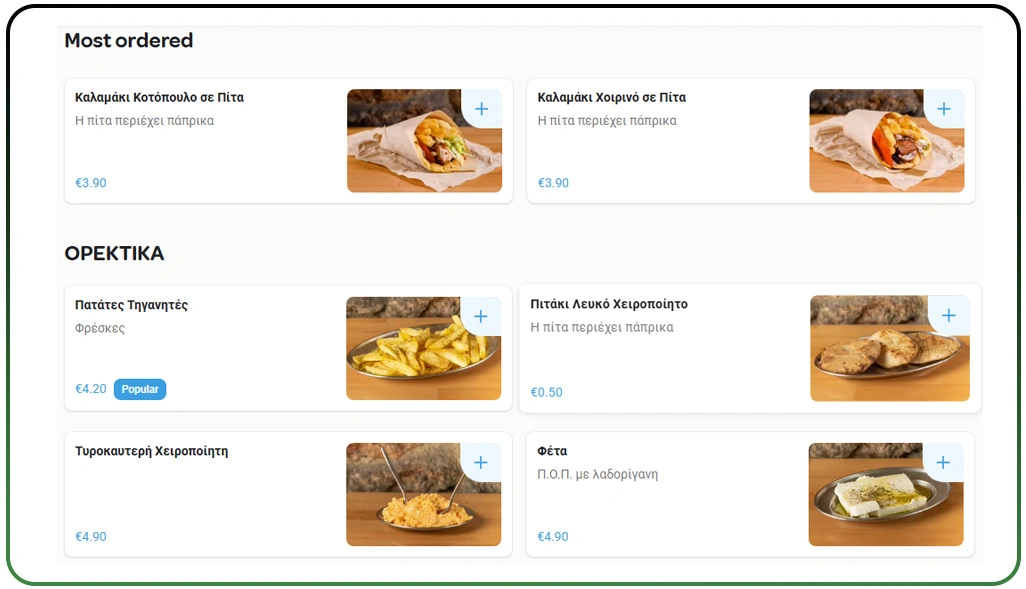
Anticipating future trends gives restaurants the edge they need to adapt swiftly. With the help of Food Delivery Market Research Using Wolt Data, restaurants can predict changes in customer preferences and plan accordingly.
Predictive modeling identifies upcoming popular dishes, preferred cuisines, and optimal pricing strategies. By analyzing historical sales data, ratings, and delivery performance, restaurants can refine their offerings and allocate resources effectively.
| Predictive Metric | Outcome | Implementation |
|---|---|---|
| Customer Order Patterns | Anticipate demand peaks | Enhance inventory planning |
| Review-Based Trends | Identify improvement areas | Improve service experience |
| Pricing Elasticity | Forecast ideal price points | Drive better sales conversions |
| Menu Adjustments | Detect underperforming dishes | Plan timely replacements |
Predictive insights empower management teams to act proactively rather than reactively. Instead of waiting for customer feedback, data-driven forecasting enables them to stay ahead of market fluctuations. Integrating predictive analytics into daily operations not only boosts revenue but also ensures consistent quality and relevance in menu planning.
Understanding Customer Experience through Data-Driven Reviews
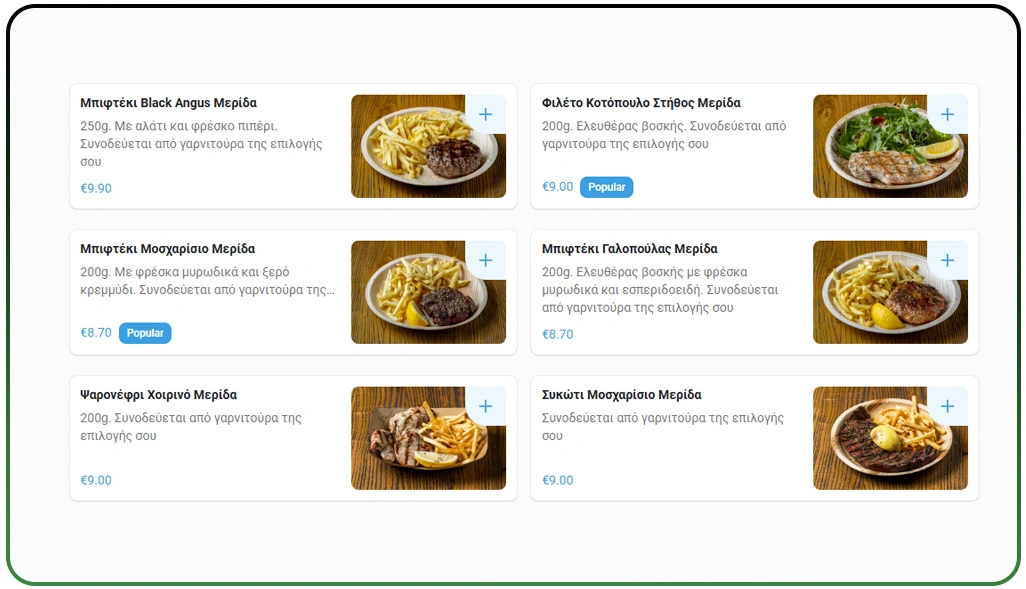
Customer reviews are powerful indicators of how well a restaurant performs in the eyes of its customers. Using Review Scraping Services, businesses can extract structured feedback data, categorize sentiments, and identify recurring patterns in customer opinions.
This information forms the foundation for enhancing both service delivery and brand reputation. Analyzing reviews allows restaurants to measure customer satisfaction accurately and detect areas needing immediate attention.
| Review Metric | Key Insight | Actionable Benefit |
|---|---|---|
| Rating Frequency | Identifies engagement level | Monitor brand loyalty |
| Keyword Sentiment | Detects recurring issues | Improve service quality |
| Response Rate | Tracks brand responsiveness | Increase trustworthiness |
| Review Volume | Indicates popularity | Refine promotional focus |
This structured feedback analysis provides insights into customer priorities, such as preferred cuisines, speed of service, or packaging quality. By integrating this data into business strategies, restaurants can fine-tune experiences that resonate with their audience.
Sentiment mapping from large datasets helps uncover underlying trends that numbers alone might miss. Ultimately, consistent attention to review data ensures continuous improvement and helps maintain long-term trust with customers.
How Web Data Crawler Can Help You?
We specialize in building structured solutions to Scrape Wolt Data for Restaurant and Menu Analysis, giving businesses complete control over restaurant and menu datasets. From extracting listing details and reviews to collecting price variations and promotional insights, we offer customized scraping systems for better visibility across food delivery platforms.
Our offerings include:
- Custom Wolt data pipelines for restaurant intelligence.
- Integration-ready API endpoints for analytics dashboards.
- Historical data tracking for trend analysis.
- Real-time alerts for menu or rating changes.
- Flexible data formats for easy import/export.
- Comprehensive data validation and cleaning.
By combining technology and expertise, we ensure clients receive scalable, error-free, and compliant data access to improve decisions related to food delivery ecosystems. Additionally, our solutions integrate with Wolt Restaurant Data Extraction to expand operational intelligence for both local and international restaurant brands.
Conclusion
As the food delivery sector becomes increasingly data-driven, businesses adopting advanced scraping solutions like Scrape Wolt Data for Restaurant and Menu Analysis are positioned to make better strategic choices. From analyzing menus to studying customer trends, this data transforms how restaurants plan, market, and serve.
Whether tracking trends or analyzing competition, tools such as Wolt Menu Scraper empower brands to maintain efficiency and transparency in their operations. Connect with Web Data Crawler today to begin your data-driven transformation and extract deeper insights that redefine your restaurant success story.

